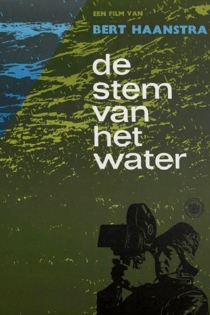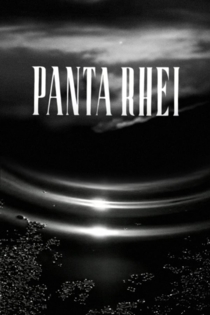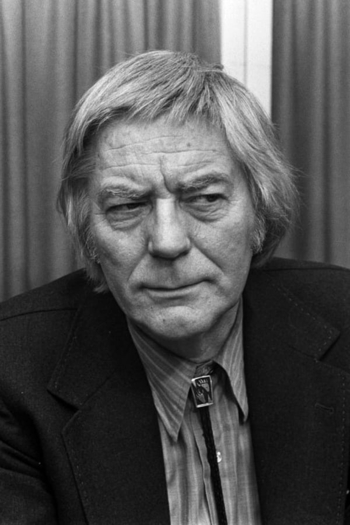
Bert Haanstra
1916 - 1997Rembrandt, Schilder van de Mens
Bert Haanstra
In Rembrandt, Haanstra shows that it is possible to make a fascinating film only with images from paintings. He had to travel though all over Europe to numerous museums and private owners in order to film the works of art. In the work of the great painter, Haanstra recognizes his particular interest in man as an individual human being, cutting straight through all the religious motives. And Haanstra also wants to see Rembrandt as an individual.
Rembrandt, Painter of Man
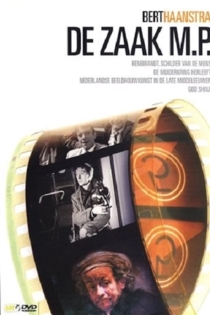
Glas
Bert Haanstra
This short documentary, shot in the glass factories of Leerdam and Schiedam, demonstrates how glass blowers do their work. But thanks to the superbly edited ballet of working hands and the sequence of mechanical motions of the engines, is it especially a cinematic tour de force. That the industry can’t do without man’s involvement is shown in the scene where we hear the voice of Haanstra himself counting the bottles on the conveyor belt, until one bottle breaks…
Glass
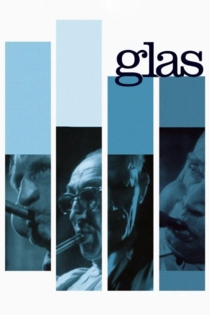
Chimps Onder Elkaar
Bert Haanstra
Bert Haanstra
A subtle account of the chimpanzees' behaviour in Burgers Dierenpark in Arnhem, on the occasion of the publication of the book Chimpansee Politiek by ethologist Dr. Frans de Waal. A unique experiment shows us how complex the social strategies in the community of this fascinating anthropoid ape are. Haanstra managed to capture almost all aspects of chimpanzee behaviour: display of skill, teasing and pestering, grooming, resting, playing, motherly behaviour, submission, sex and violence. Eventually, the film was also screened to the apes.
The Family of Chimps
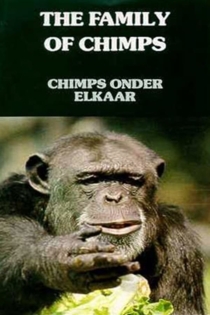
Alleman
Bert Haanstra
Simon Carmiggelt, Peter Ustinov
Bert Haanstra paints a portrait of The Netherlands and the Dutch, in his own unparalleled manner. Partly with the aid of a hidden camera he observes people in the most diverse situations. He shows the unusual in the usual and the usual in the unusual. The harsh years of the post war era of reconstruction have passed and for most people life is better than before.
Everyman
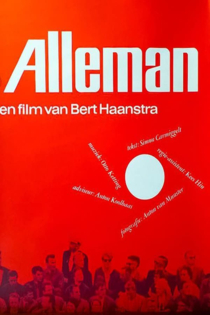
Bij de beesten af
Bert Haanstra
Anton Koolhaas
The film is a study of the differences and similarities between human and animal behaviour. The first part of the movie focuses on the behaviour of various animal species. The second half is about humans. In the original Dutch version writer Anton Koolhaas, who also wrote the script, provided the voice-over.
Ape and Super-Ape

Nederland
Bert Haanstra
Bert Haanstra was commissioned by the Ministry of Foreign Affairs to make a short film about his own country. It had to be a piece of the work that mainly would be shown abroad, so that the rest of the world could make acquaintance with the beautiful countryside, with the modern side of the Dutch society and with historic building and old customs. After everything he had already made about these subjects, Haanstra was able to find a new angle, this time by observing the matter from the air. The result is a pretty mosaic of The Netherlands like it looked in the early eighties.
The Netherlands

Over Glas Gesproken
Bert Haanstra
The glass factories of Leerdam and Schiedam commissioned Bert Haanstra to make film about glass manufacturing. The entire process can be seen: the delivery of raw materials, the designing, glass making and glass blowing, the wide range of splendid products that originate from all this. It all shows that glass production is more than a factory work, it is a fascinating, artistic handwork.
Speaking of Glass
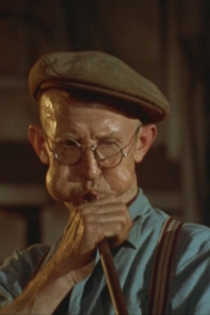
Zoo
Bert Haanstra
A perfect, fast and hilarious montage. Using images from Artis (Amsterdam Zoo), Bert Haanstra shows that a couple of similarities can be discovered between human and animal. Particularly the manner in which human and ape are confronted with each other, is significant. The images speak for themselves, human voices or commentary is absent. The ironic music of Pim Jacobs does add an extra dimension to the whole. With regards to human and animal Haanstra limits himself for the time being to this short film, recorded with a hidden camera. Later on, in several big films, he would return to this subject.
The Zoo
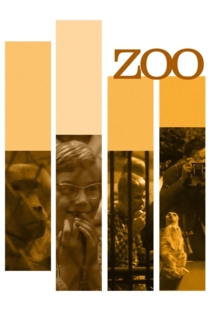
Fanfare
Bert Haanstra
Hans Kaart, Bernard Droog
In the small Dutch village of Lagerheide, two members of the local brass band get into a fight, forcing the band to be split in two. The two hotheads and their followers are doing their utmost to sabotage each other’s attempts at becoming the band who will represent the village at the upcoming brass band competition.
Fanfare

Spiegel van Holland
Bert Haanstra
In this short film Bert Haanstra gives his vision - from the water – of a tranquil Holland. During filming he held the camera upside down and afterwards put the images ‘up right’ again in the film. By doing this, we see the ‘usual’ waterfront, but transformed by the rippling of the water. In this way Mirror of Holland became a modern looking experimental film. However this did not devalue the Dutch sentiment regarding waterfronts that are so trusted to so many.
Mirror of Holland

De Stem van het Water
Bert Haanstra
The Netherlands and water, they are inseparable from one another. Water in its soothing form, as a place of work and pleasure and as a source of threat and misery. Bert Haanstra thought it a great subject for a big cinema documentary and made The Voice of the Water. At the start, while the credits are still running, it is already apparent how remarkable and original he portrays the beauty of the landscape of the Dutch coastline. In the following ninety minutes we see numerous people that live, work and recreate on, by and in the water. Often they are being observed in a gentle humorous way that reminds us of The Human Dutch. Some people prefer to stay far away from all the wetness: the little boy having a swimming lesson, but who doesn’t dare to put his head under water, is forever imprinted on the memory of many of the viewers.
The Voice of the Water
